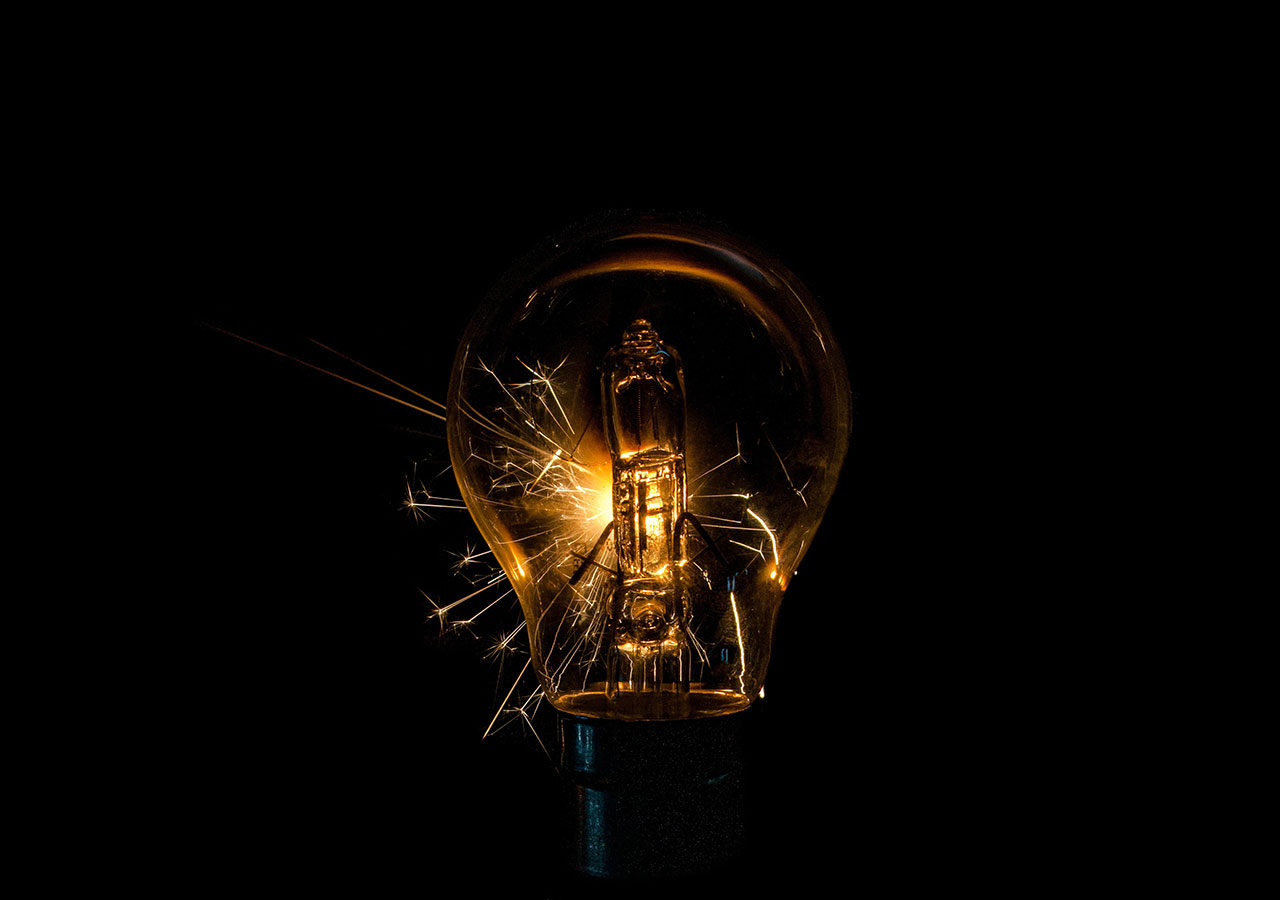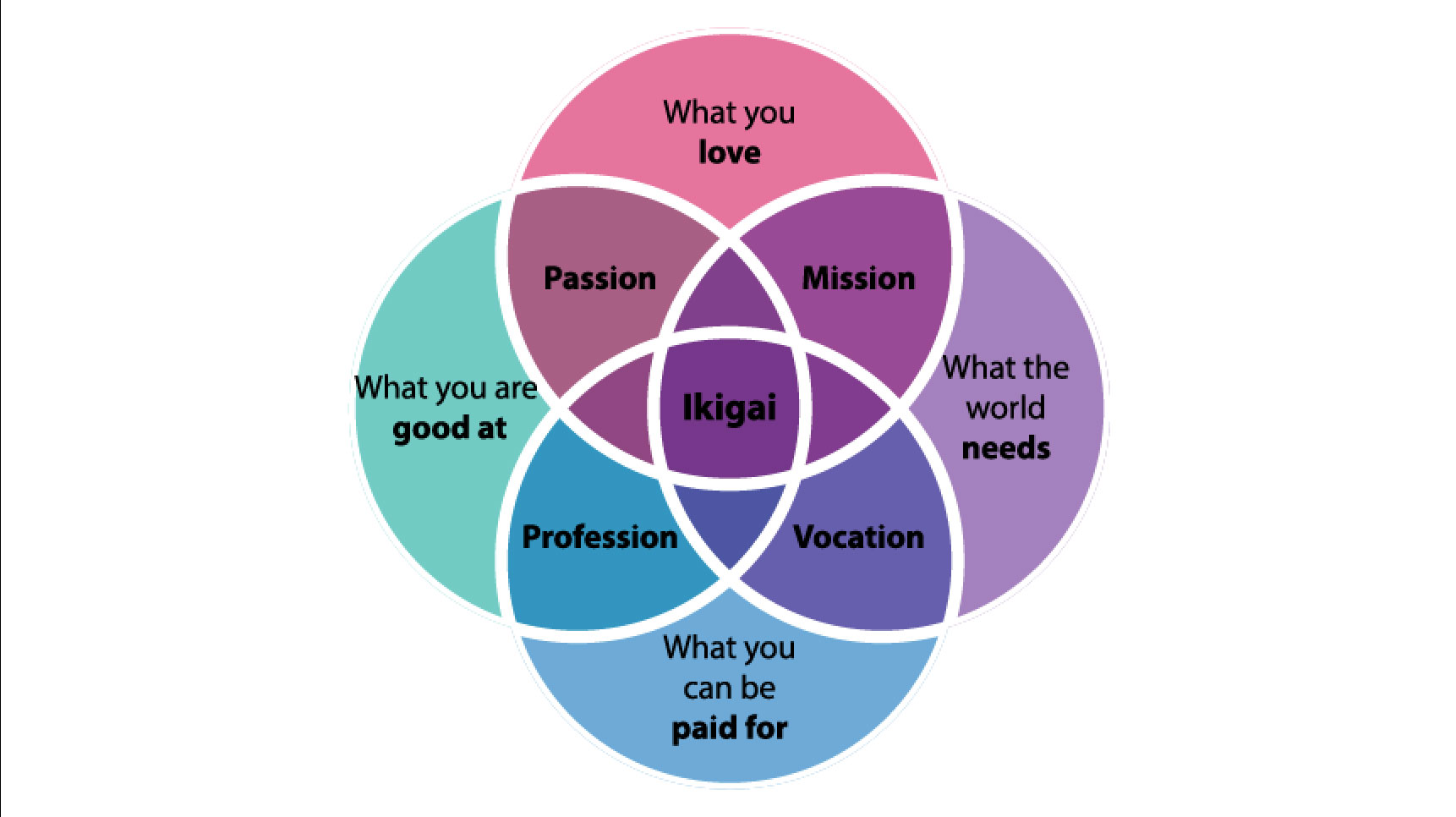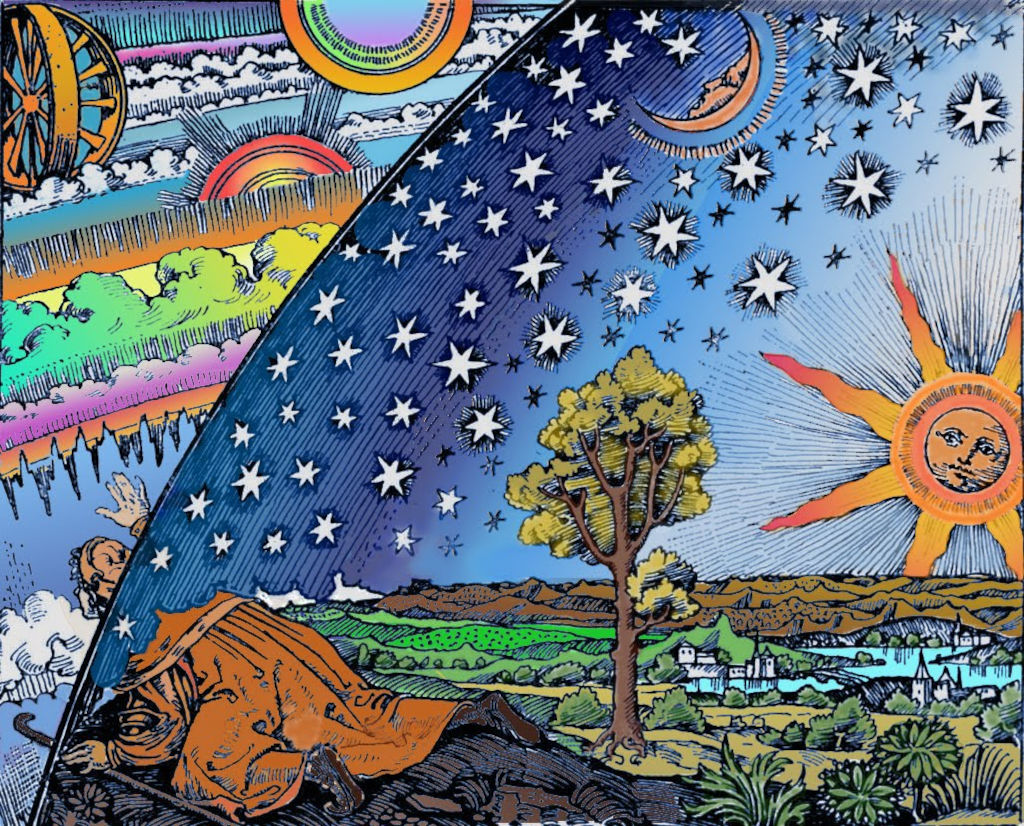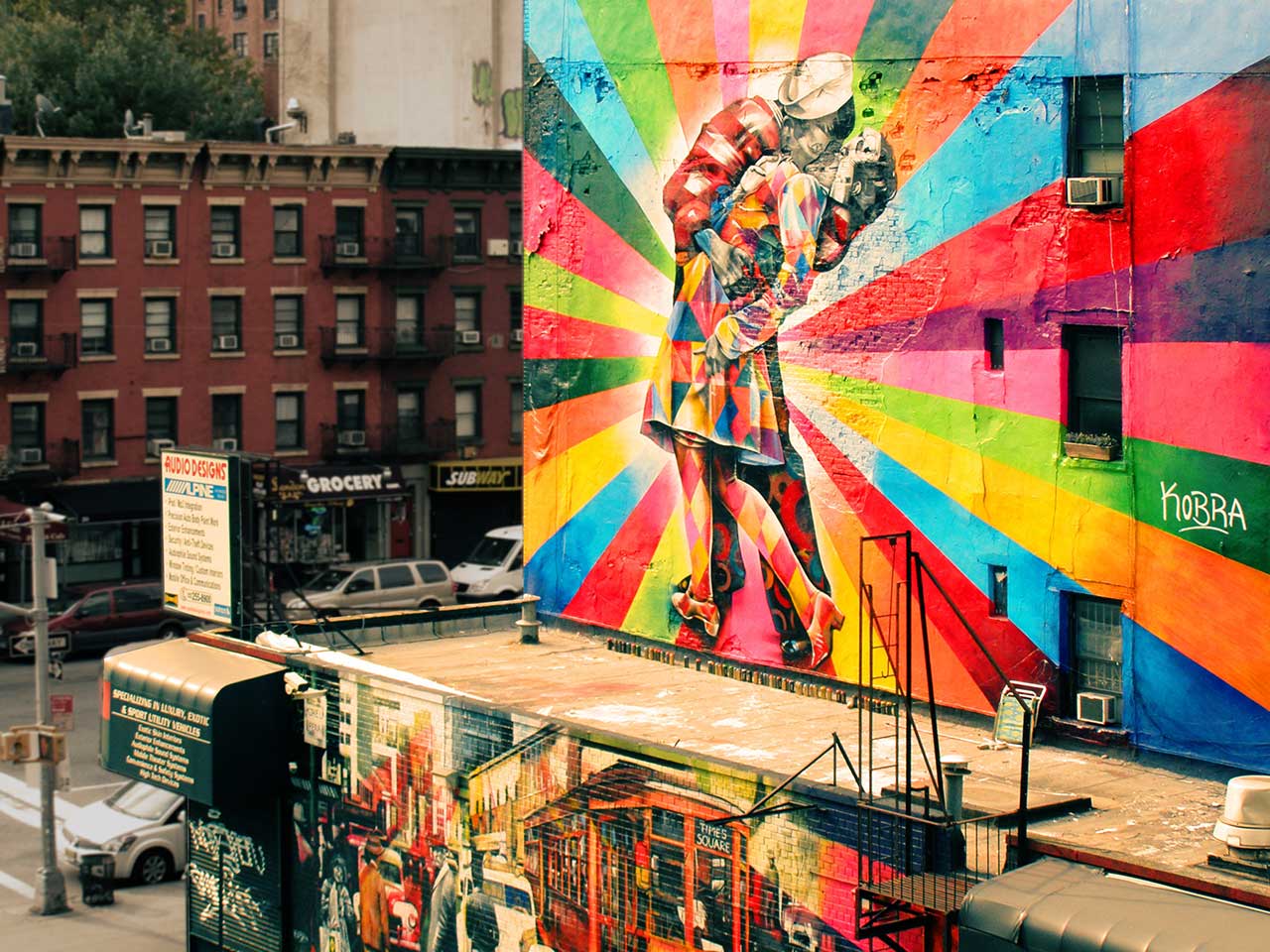While Flow and creativity are distinct, with one seemingly about narrowing our focus on a single goal, and the other a more open-mindedness, they do share certain similarities and influence each other in significant ways.
If you’ve found yourself so absorbed in an activity you lost your sense of self and time, you’ve experienced a flow state. It’s a peak experience that is both immensely pleasurable and incredibly productive.
We act effortlessly and with precision, and while we often have a goal we want to achieve, many simply chase the experience itself. But it’s not just an enjoyable pastime or means of getting more done, flow is also a spring of creative energy.
As you’ll see, the process that helps make flow states more likely, follows steps remarkably close to what many believe are the best steps for boosting creative output.
The 4-Step Creative Flow Process
Neither Flow nor creativity are light switches you can turn on and off whenever you want. They require certain conditions to be met, and there are methods we can use to meet them.
For creative flow, perhaps the most significant requirement is the skills/challenge dynamic.
We need to have some skills related to the task we’re tackling, and the challenge should test those skills at their limit, but not further.
Too easy and you get bored, too difficult and you get anxious or fail. This means you can only enter flow after building some skills, and that initial step can be difficult.
The flow cycle looks like this:
1. Struggle
2. Release
3. Flow
4. Recovery
There are different forms of creativity. Sometimes it can be willingly generated, as artists and writers do in the face of blank paper and canvases, or a spark of insight that occurs when you least expect it, as the story goes with Issac Newton and his falling apple.
Each form of creativity can be rather elusive. We don’t always have insights and could wait inordinately long for one to arrive, while artists and writers often get stuck before any pen or brush makes its first move.
Like Flow, there are no guarantees, but there is a creative process you can follow that makes these insights and ideas flow more freely and arrive more often.
It goes like this:
1. Preparation
2. Incubation
3. Illumination
4. Verification
As you can probably see, the flow cycle and the creative process look remarkably similar.
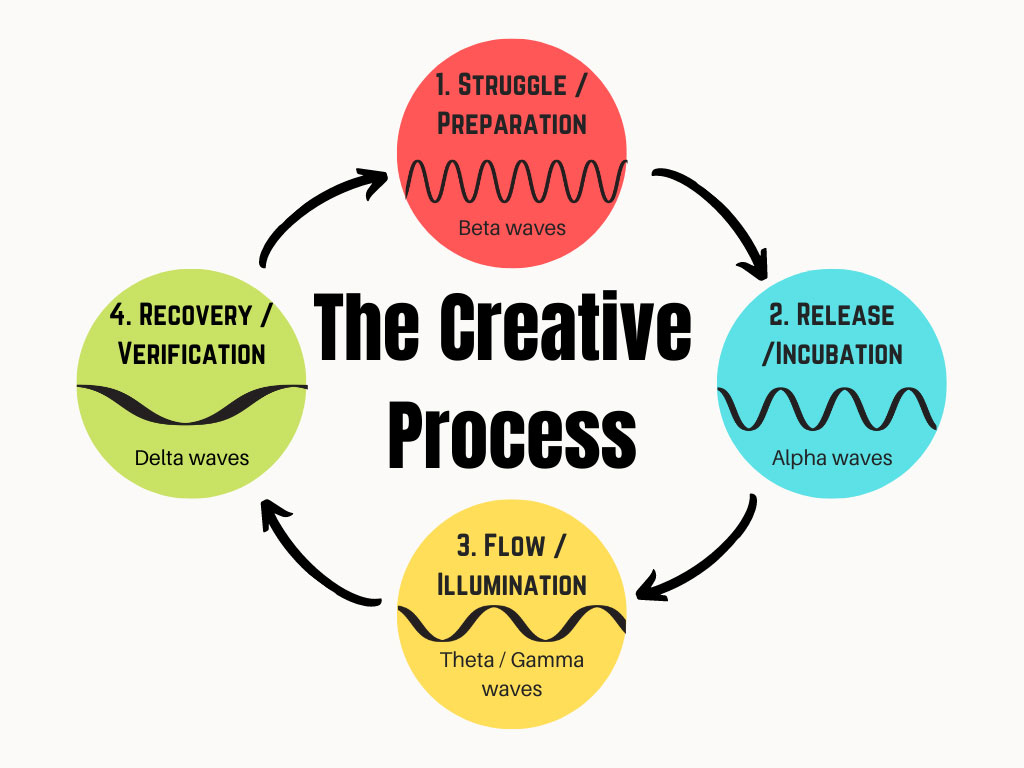
They both require a period of struggling to learn and accommodate new information, followed by a period of rest before we enter the ideal state of mind, and finishing it off with more downtime where we can look back on and learn from the experience.
Each stage is also characterized by certain brain waves—patterns of activity that your brain produces depending on what you’re doing and your level of energy. Knowing what these are can help identify methods to improve each step.
Step 1: Struggle & Preparation
As already mentioned, creative flow requires developing relevant skills you can apply to a challenging task. Building those skills requires effort and will probably contain moments of frustration.
This is the message behind the skills/challenge equation:
Likewise, to have creative insights and ideas, you need to have learned some foundational information and concepts. Creativity is combining things in new ways, but you need things to combine.
So the first step in hacking creativity with creative flow is to accumulate and practice those foundational elements, to learn new skills and knowledge that will provide peak experiences later.
Most of us know how it feels to try something for the first time. There’s a lot of trial and error, it’s difficult and requires a lot of concentration. In essence, you are overloading your mind.
As you invest all that effort and focus, your brain produces high beta and gamma waves, while stress hormones like cortisol, norepinephrine, and adrenaline are released.
Don’t let the word ‘stress’ put you off, not all stress is bad. Flow and the creative process demand preparation, and that can be stressful. But certain activities can help you manage that stress more effectively.
There’s research suggesting experienced meditators produce gamma waves more effectively, so it might be worth forming a meditation routine as a pre-struggle phase habit.
Interestingly, another study found eating nuts like pistachios has a positive effect on gamma waves, as well as promoting neurogenesis, angiogenesis, and other biological functions that improve learning and brain health.
Finally, be sure to adopt a growth mindset—a belief that you can and will get better with time and effort.
During this stage you might encounter your internal critic, pointing out how bad you are and why you’re not cut out for this. During flow experiences, they go quiet, but in this initial struggle phase they can be very loud.
Don’t let it get to you and most importantly don’t quit. It’s easy to get so discouraged at this stage you give up early, but that’s a mistake. Remember those peak experiences you’re after, this is the first hurdle.
Step 2: Release & Incubation
While you shouldn’t let the struggle drive you towards quitting, there is immense value in taking time off, both for flow and the creative process.
The second stage takes all the effort from the first and releases it. Take your mind off the problem, take some deep breaths, meditate, sleep, or find something relaxing to do.
We know muscles need time between workouts to heal up stronger than before, the mind also needs these periods to accommodate and consolidate the new experience and information you’ve provided.
If you try to skip this step you’ll burn out. Not only will you fail to enter flow or generate new ideas, but that added time and effort ends up backfiring and reducing the quality of your memory.
Plenty of research shows cramming isn’t effective. People who study for less time overall but in several sessions that are spaced out, remember more than people who spend more time studying but do it all at once.
Meanwhile, other studies have confirmed what was already folk wisdom—we have our best ideas in the shower. That is, doing something else that isn’t sitting and focusing on the problem.
When our mind is elsewhere, things still happen that we aren’t aware of. That new information mingles somewhere in the dark, random associations are generated, and sometimes a great idea pops up.
The surreal artist Salvador Dali and prolific inventor Thomas Edison used eerily similar techniques to generate new ideas, and that technique takes full advantage of this incubation stage.
They would both sit in a chair with something in their hand—keys for Dali, a ball for Edison. As they started to drift off, they would drop those items, and the noise would wake them with whatever weird and wonderful thoughts were circling their minds.
Researchers have since called the early stages of sleep a creative sweet spot. While you don’t need to go to sleep per se, your brain should sink down into low alpha or theta rhythms.
Several studies have linked alpha waves with creativity, and both theta and alpha are involved in different types of learning. They’ve also both been found to alleviate symptoms of anxiety and depression.
To help your mind relax into these lower brain waves states, you could practice a form of non-directive meditation, where you let your mind wander non-judgmentally and without forcing it anywhere specific.
You could also listen to binaural beats of around 6 Hz, a frequency with the theta band. Some research found it takes only 10 minutes to entrain brain rhythms to that frequency.
But you could also simply go for a walk, take a shower, do some gardening, or do other activities that gently engage the mind, enough that you can operate almost on autopilot.
Step 3: Flow & Illumination
Step 3 in the creative process—illumination—is generally about playing the waiting game, as it’s the sporadic insight you’re hoping comes from the incubation stage. As such, you don’t get to decide when step 2 ends and step 3 begins.
However, moving on to step 3 in the creative flow process is determined by you. Despite the difference, this stage of the flow process is adept at hacking creativity—we know eureka moments aren’t the only form creativity takes, and flow can still help you think outside the box.
Whether you had some insights and ideas during the previous step or not, you should still feel refreshed and revitalized, ready to jump back into the task or activity you initially struggled with. So let’s have at it.
To some degree, you should feel more at ease and capable, ideas should flow more freely, focusing your attention should require less effort, and you should find more enjoyment in the process.
You should also find that your inner critic doesn’t bother you as much. While it might have pestered you in the beginning, now that you’re making progress, self-doubt is harder to justify.
If you enter a flow state, your brain should settle near the border of theta and alpha waves, around 8 Hz. You might also find that higher gamma waves appear, particularly if you have a light bulb or eureka moment during the activity.
The 8 Hz mark is near where your brain waves will have been in the previous step, suggesting the heavy cognitive burden is giving way to intuition and automaticity. Not only is there a new effortlessness, but you should remain in that creative sweet spot, like a musician improvising a new solo over a well-rehearsed structure.
However, there is the possibility that flow doesn’t happen for you, or no good ideas come along. That’s ok, this isn’t an exact science. Treat this stage as a repeat of the first, give another valiant attempt where you practice and absorb what you can, followed by a second incubation and rest period.
Alternatively, you might want to consider decreasing the difficulty or complexity of the objective. Focus on an individual element first and build your way back up from there. The more detailed and intricate the task is, the longer it will take to get to a point at which we can navigate it intuitively.
Step 4: Recovery & Verification
Even if flow feels effortless, it does take a heavy toll on your body and mind. So, just like you did after the first struggle phase, it’s important to have downtime after periods of flow and peak performance, to give your battery a chance to recharge.
After experiencing a flow state, coming down into the recovery stage can be a bit of a bummer. Fresh of a peak experience you’re back to regular human speed, and that’s too much for some to tolerate, so they go immediately searching for any way to get back into flow.
If you can’t handle the recovery stage then getting motivated for another struggle session—which comes next as the cycle repeats—is sure to be even more off-putting.
But flow is a transitory state, and recovery is a step you can’t avoid. You must go through each step if you want to make flow a more common experience in your life, and reap the bountiful rewards that come with it—creativity included.
You can use this step to reflect on your experiences so far, what ideas you had, what went well and what didn’t, and what you’d like to do or achieve next time around.
Ideally, you should also find your mind drifting even further into a relaxed state than in the incubation stage. You’re not just taking your mind off the task by focusing on something else, but getting some well-deserved sleep.
In deep sleep, the brain produces delta waves. At 0.5 – 4 Hz they are the slowest of the brain wave bands. During sleep, more memory consolidation occurs, ensuring your skills and knowledge make it to the next level, and flow will be more likely to find you.
It’s also possible for creative insights and ideas to appear. It was just before sleep that Dali and Edison had their most vivid imaginations, so don’t be surprised if the same happens to you. Just remember the goal here is no longer to wake yourself up with new ideas, but to actually get some sleep.
After a good recovery session, you’re ready to head back into the struggle step once more. Remember, flow requires a challenge, you need to continually up the difficulty, find new things to learn or skills to practice, and repeat the steps over again.
Find Your Big Creative Ideas
Flow and the creative process may diverge a little in the final two steps, but they are still intimately linked. It is not the case that flow is a narrowing of attention while creativity is a widening, in reality, flow gives us a shot at hacking creativity.
Some parts of the process are your direct doing, while others are built on luck, but by following them you better your odds, helping ensure these happy accidents arrive more frequently and grow more powerful and profound.
If ever we want to build something new, something different, to push the envelope and innovate, creativity is essential. Ideas are what push the world into a better shape, provided they’re good ideas and they’re implemented effectively.
As a creative or entrepreneur, understanding how to produce and execute ideas is the bread and butter of success. There’s always risk involved, you can’t know for sure all the ways an idea might evolve and impact the world, but there are also high rewards out there for those who are willing to try.
Using flow states and the creative process gives you a leg up, it helps ensure you’ll be generating ideas in greater volume and novelty, all while enjoying peak experiences and productivity. What’s left is to execute and act upon those ideas you deem the best.

